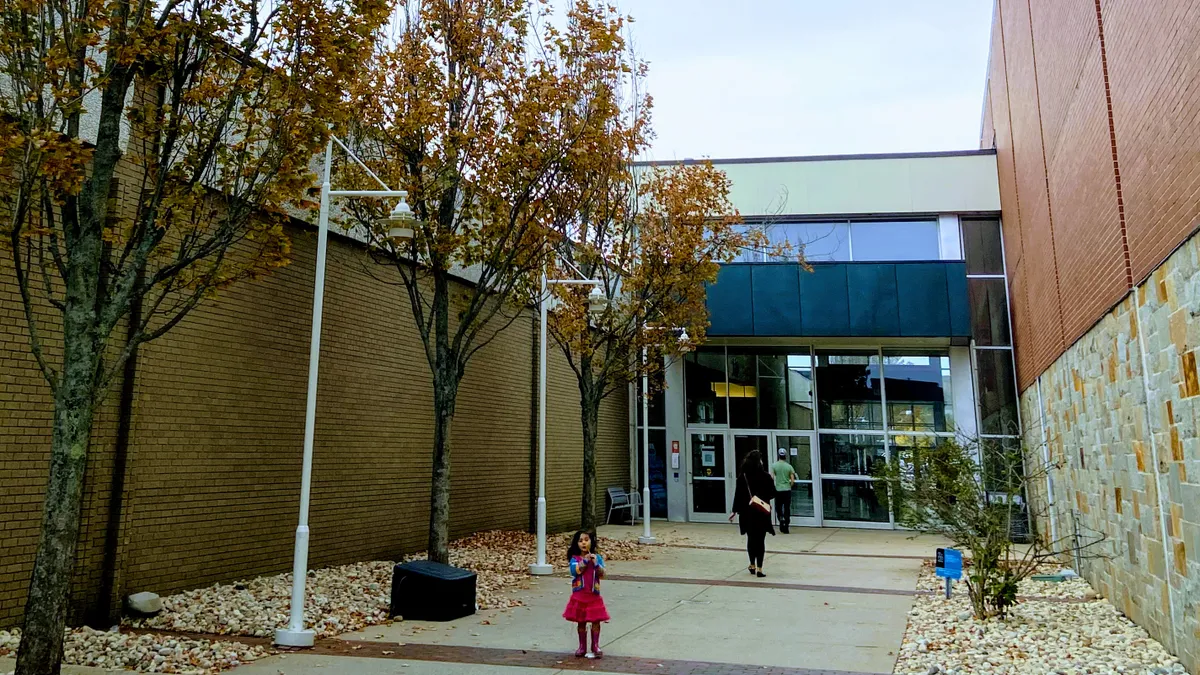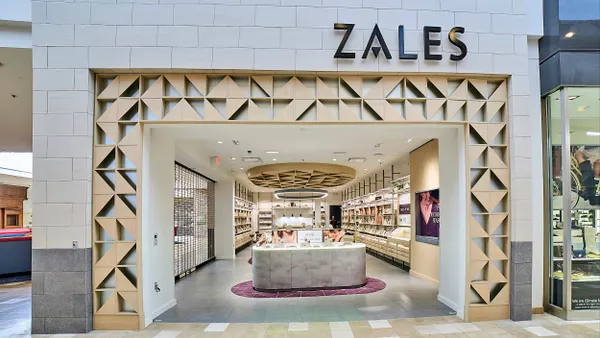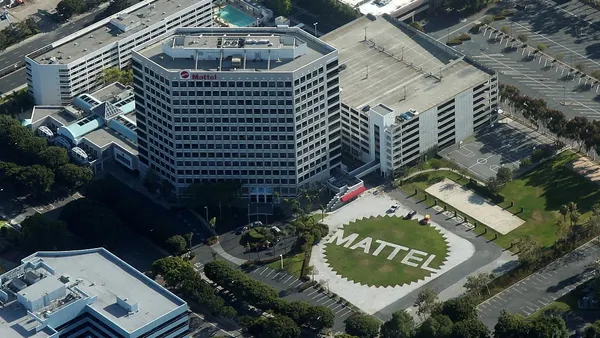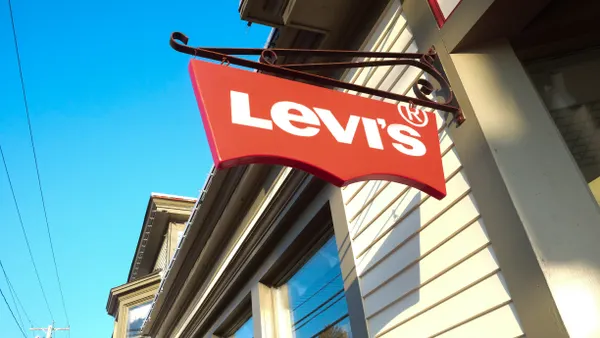When it comes to technology in retail, most of the focus these days is on mobile — how websites and apps perform on mobile, how beacons sync up with customers’ phones, and of course, payments. But some retailers are getting geek-tastic about other technologies in their stores too.
Robots
Robots have been a thing of science fiction for decades, but practical robot technology, integrated into everyday life, has really just matured in the last few years. Retail futurist and consultant Doug Stephens, author of The Retail Revival and the Retail Prophet blog, believes that “intelligent” machines will take the place of many retail workers in forthcoming years. He predicts that human retail workers that remain must be highly trained and well compensated, because their jobs will be essential to connecting a retailer to its customers.
“Far from being slaves to the technology, they will be the masters of it and skilled in using it to surprise and delight their customers,” Stephens writes. “And for this, make no mistake; they will be paid not just fairly, but handsomely. No longer merely regarded as interchangeable input costs, the new breed of retail salesperson will be seen as a unique and highly valued brand asset and an investment in the brand’s future.”
If you’d like to meet a robot on the floor of a retail store, head over to one of Lowe’s Canadian or American Orchard Supply Hardware stores.
The “OSHbot,” developed in partnership with retail-robot and technology startup Fellow Robots, can greet shoppers, converse with them in English and Spanish, bring them to aisles for the products they seek, display specials through images on their "heads", and consult with human Orchard employees that have expertise in home-improvement areas like plumbing.
Seattle men’s apparel store Hointer also employs robots at the backend, helping move inventory as customers order via the store’s app, even while still in the dressing room.
And Amazon, which bought robot warehouse technology company Kiva Systems Inc. two years ago, announced in May that more than 10,000 robots will be at work in its warehouses this year, after finding early success speeding up fulfillment with the assistance of just 1,300 robots. The Kiva robots can help locate products and bring them to packing stations.
Smart fitting rooms
Robots aren’t the only helpful hands in brick-and-mortar retail stores. Macy’s-owned Bloomingdale’s in California and New York are testing wall-mounted iPads in fitting rooms that can assist customers in a variety of ways. Customers can use the tablets to browse alternative colors and items, consult reviews, and call for assistance without opening the door and peeking around in hopes of finding someone. The tablets also make recommendations for accessories or other pieces of clothing that would go well with the apparel a customer is trying on.
“The problem we are trying to solve at Bloomingdale’s is age-old,” R.B. Harrison, Macy’s chief omnichannel officer, told Fortune. “You’ve got a customer sitting half-naked in the fitting room and wanting to try a different size. This is technology for a common problem customers have.”
Kohl’s is also experimenting with smart fitting rooms, using RFID technology that uses data from tags on clothing a customer is trying on and projects it on a screen. Customers can request different sizes or colors via the screen, and have the option to sign in to their Kohl’s accounts.
Data goes back to the retailer as well, with information including the busiest time of day in dressing rooms and which clothes or colors are selling best.
Apps
Most of the time when we think of retail apps we think of ways to connect with shoppers, locating them in store via beacons and sending them special deals, or plying them with loyalty perks.
But there are other creative ways to connect with shoppers. ThisThat, for example, is a mobile app that allows customers to tap their friends for advice by sending photos of products they are thinking of buying.
The app works through social media, text, email, or app to app. Clothing retailer Downeast promoted it in dressing rooms and at jewelry mirrors, with the help of ThisThat to train store staff to help customers with the app. ThisThat says that 58% of indecisive shoppers who used the app decided in favor of buying a product after getting friends' feedback.
Ultimately though, technology can’t solve all of a retailer’s challenges, and it isn’t going to replace excellent customer service. But it can help, says Anna Zornosa, founder and CEO of Ruby Ribbon, which uses “shapewear” technology to design the fit of its clothing.
“We believe that there is absolutely no tension between being technology-empowered and service rich,” Zornosa told the Silicon Valley Business Journal. “We usually meet a customer in a person-to-person way. But technology plays a huge role in everything that happens before that and everything that happens after that.”














